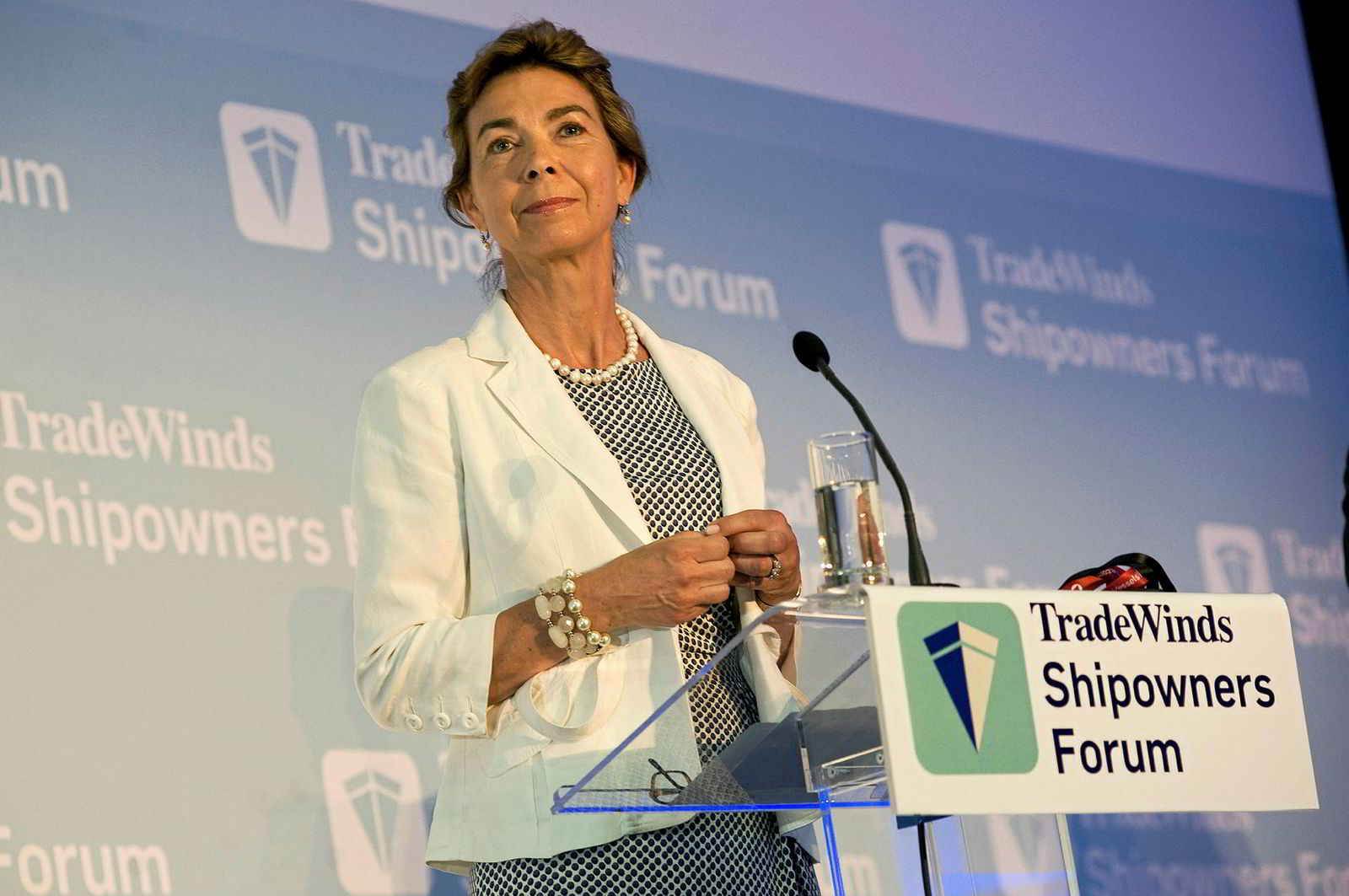Pale, male and stale. That may be a brutal assessment of shipping’s gender and generational balance, but it is undeniably true. With women making up less than 2% of the world’s 1.25 million seafarers — many of those in the cruise sector — the profile of the industry at sea sadly remains a shaming throwback to another era.
Matters are little better onshore. While more than 60% of administrative staff and more than 40% of junior staff in the maritime industry are women, further up the professional hierarchy the balance is shocking.
According to a survey of members of the Maritime HR Association, only 7% of senior management or director positions are filled by women, while less than 0.25% of the female workforce has made it to top executive positions.
Overall, only 33% of maritime jobs globally are filled by women, according to the 2016 survey data of the association, which is run by Spinnaker Global’s HR Consulting team.
This failure defies reason
In the face of ever-increasing pressure to recruit and retain skilled, well-educated staff, shipping’s failure to engage half the potential workforce when filling senior positions defies reason. And unless companies start to grasp the opportunity themselves, government action is coming to force them into action.
Regulatory pressure to improve gender equality is mounting in many countries. In Norway, companies’ boards need to comprise at least 40% women. While there was opposition when the rule was introduced in 2006, it is now largely no longer an issue, with the number of senior women executives having greatly increased.
In the UK, times are changing too. A government-backed review last November recommended that Britain’s largest public companies should publish how many female senior executives they have, and ensure women occupy one-third of executive positions by 2020.
That review was initiated by a flatlining in the number of women on the executive committees of larger listed UK companies over the past eight years.
It is not just about numbers of senior female staff. It is about the money they are paid too.
From the start of this month, UK companies with more than 250 staff have to reveal the pay gap between their male and female employees. Those figures must be published on the employer’s website and a government site, and updated annually.
The legislation is intended to cut the persistent disparity between salaries of men and women.
Alongside complying with rules intended to drive corporate best practice, there is growing evidence that diversity — in gender, race and ethnicity — produces better profits.
In a study of more than 350 large public companies, McKinsey found that those in the top 25% for gender diversity were 15% more likely to generate better returns than their local rivals. Companies in the top quarter for racial and ethnic diversity performed even better.
A McKinsey study of more than 350 large companies found those in the top 25% for gender diversity were 15% more likely to generate better returns than their rivals
McKinsey believes the explanation lies in both the hunt for talent and in decision-making. First, high-achievers prefer to work in more diverse companies. Second, the added debate that diversity brings can generate more perspectives, better decision-making, increased innovation and improved risk-taking.
Today’s generation of shipping leaders includes women who have become figureheads in their own right: Angeliki Frangou at Navios, Lois Zabrocky at International Seaways, Birgitte Vartdal at Golden Ocean, Yngvil Asheim at BW LNG, Kristin Holth at DNB and Intertanko’s Katharina Stanzel among them.
They all offer strong role models — to aspiring women executives and to other companies that are promoting and recruiting new leaders. Closing the gender and diversity gap has huge potential for the entire industry. Every company and organisation can benefit from embracing that change.




